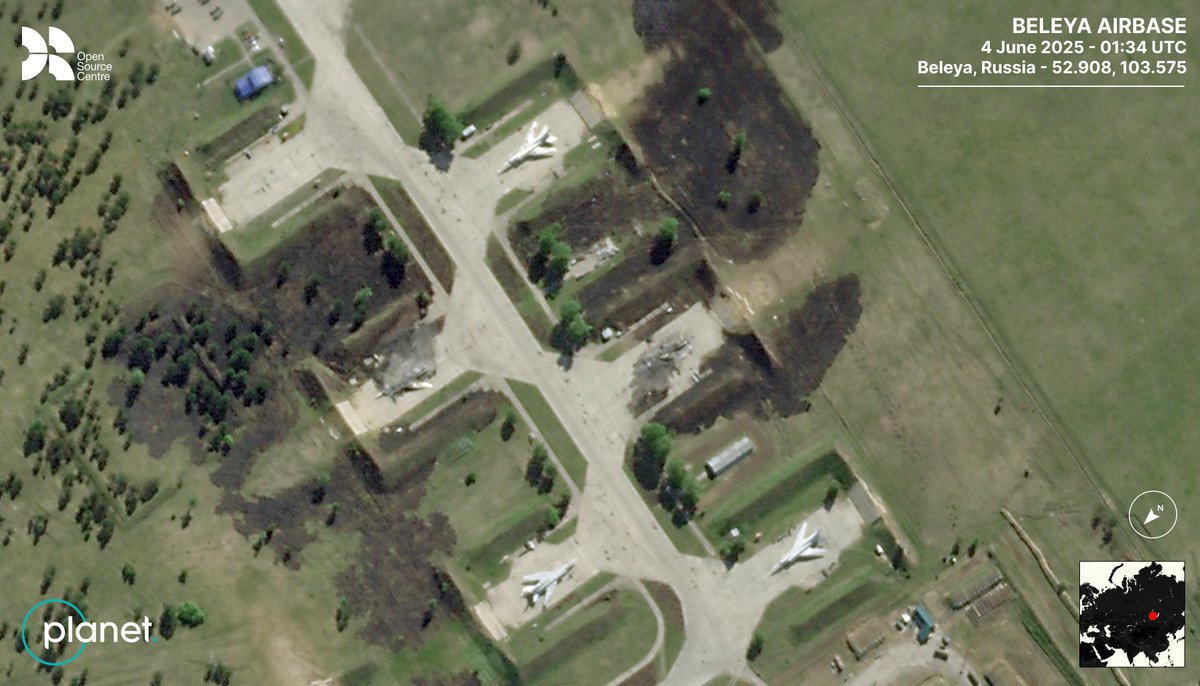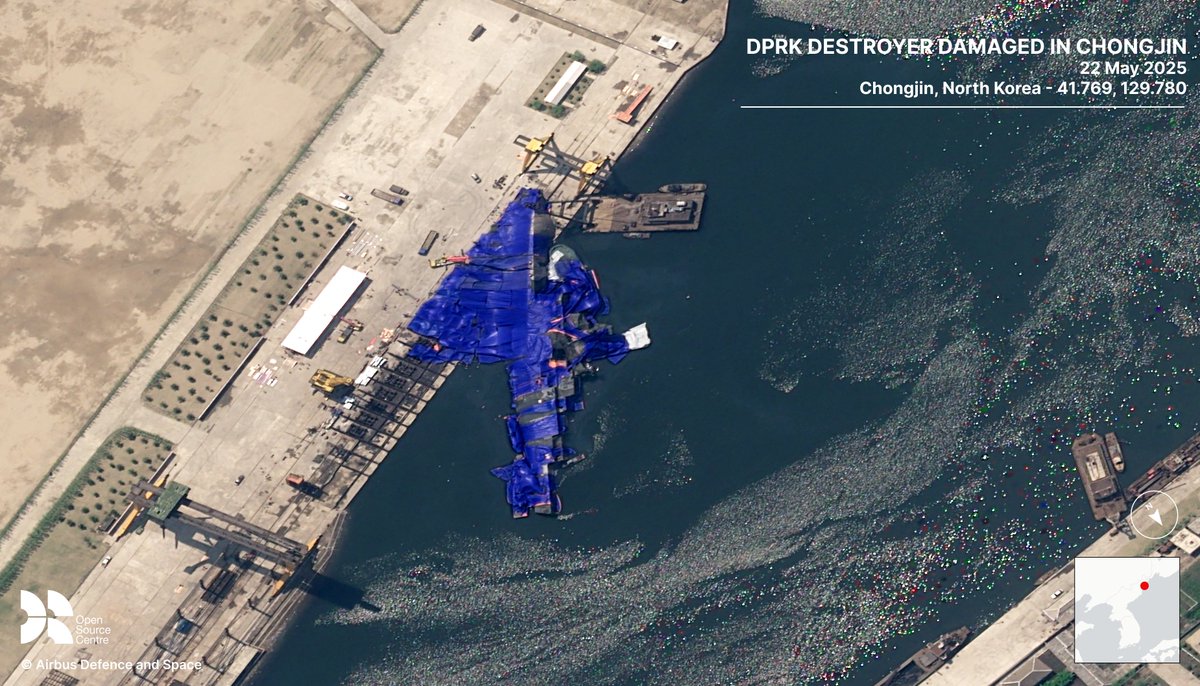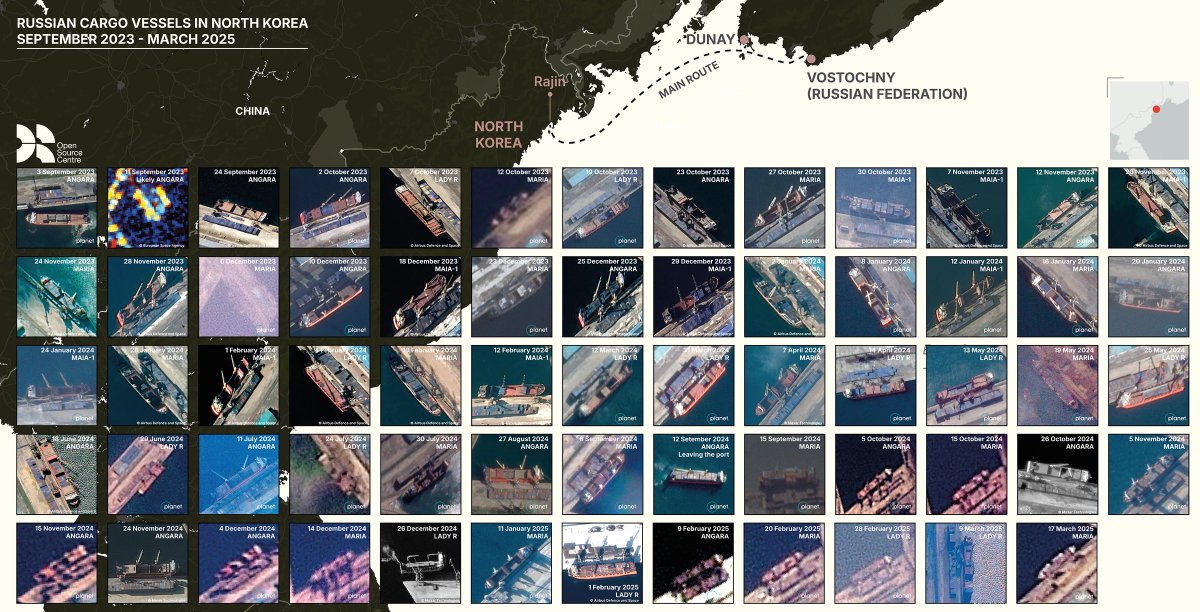On 21 June 2025, President Trump announced the US had struck Iran’s Fordow Nuclear Facility with GBU-57A/B MOP bunker busting bombs. High-resolution imagery taken on 22 June 2025 shows the site after it had been struck. 

Comparison of imagery before and after the strikes reveal changes to the terrain above the Fordow Nuclear Facility. Including subsidence, or the collapse of earth, along the ridgeline above the site and possible missile entry points on the side of the mountain. 

The strike appears to have targeted parts of the facility that Iran had constructed into the mountain and then later covered. Historical imagery from 2009 shows these buildings under construction at these locations. 

• • •
Missing some Tweet in this thread? You can try to
force a refresh










